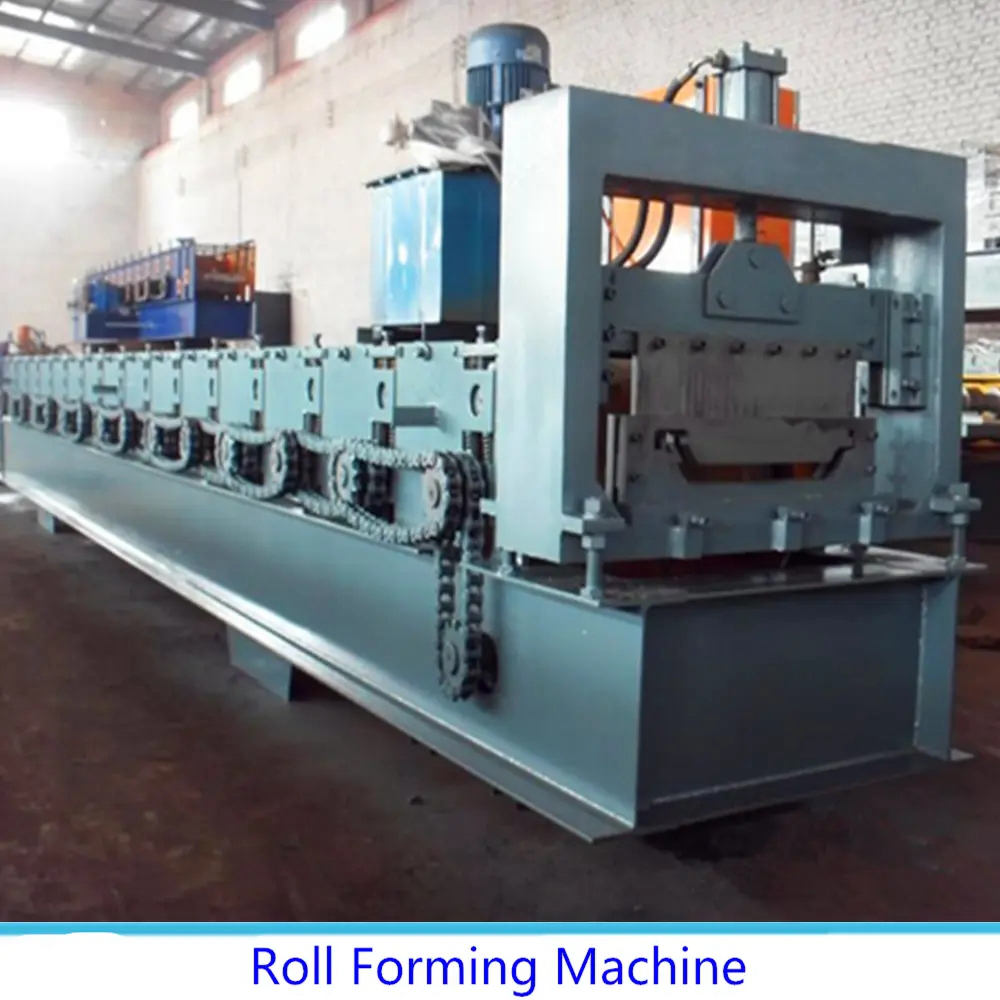
The Essentials of Roll Forming Machines for Z Purlins
Roll forming has emerged as a vital manufacturing process in the construction industry, especially for the production of structural components such as Z purlins. A Z purlin, characterized by its Z shape, plays a crucial role in supporting various building structures, including rooftops and wall framing. Understanding the intricacies of roll forming machines used for producing Z purlins is essential for manufacturers aiming to enhance efficiency and product quality.
What is Roll Forming?
Roll forming is a continuous bending operation in which a long strip of metal, typically steel or aluminum, is progressively shaped into the desired cross-section. This process involves feeding the metal through a series of rollers, each designed to gradually form the strip until it reaches the final profile. The precision and consistency of roll forming make it particularly suited for producing items like Z purlins, which require high tolerances and uniformity.
Structure and Functionality of Roll Forming Machines
A roll forming machine specifically designed for Z purlins consists of several key components uncoiler, feeding mechanism, roll forming stations, cutting system, and control panel. The uncoiler serves to unwind the flat metal strip, ensuring a steady supply of material. The feeding mechanism then positions the strip accurately as it proceeds into the roll forming stations where series of rollers shape it into the Z profile.
The roll forming stations are the heart of the machine. Each station features rollers that are strategically placed to incrementally bend the material. The process is highly customizable; manufacturers can adjust the rollout speed, roller configuration, and material thickness according to specific project needs.
Once the desired shape is achieved, the cutting system, which is often hydraulic or mechanical, trims the formed purlins to the required length. Finally, the control panel integrates sophisticated software that monitors the entire operation, tracking parameters such as speed, temperature, and tension to ensure consistent quality throughout the production process.

Advantages of Using Roll Forming for Z Purlins
One of the primary advantages of roll forming machines is their efficiency. Unlike other manufacturing methods that may involve multiple steps and labor-intensive processes, roll forming automates the shaping process, significantly reducing production time and lowering labor costs. This efficiency translates to higher output rates, making it an attractive option for businesses aiming to meet high demands.
Moreover, the structural integrity of Z purlins produced via roll forming is remarkable. The machine's ability to maintain consistent material properties throughout the forming process ensures that each purlin is robust and reliable. Additionally, the precision achieved through roll forming minimizes waste material, making it a cost-effective and environmentally friendly manufacturing option.
Innovations in Roll Forming Technology
Recent advancements in roll forming technology have enhanced the versatility and capabilities of Z purlin production. Automated systems now facilitate real-time monitoring and adjustments, optimizing the manufacturing process. Additionally, manufacturers can explore different materials and finishes, further broadening the applications of Z purlins in construction projects.
With the growing emphasis on sustainability and energy efficiency in construction, roll forming machines are also being designed to accommodate eco-friendly materials, contributing to greener building practices.
Conclusion
As the construction industry continues to evolve, the demand for high-quality Z purlins remains steadfast. Roll forming machines have proven to be indispensable tools in this regard, offering unmatched efficiency, precision, and product consistency. For manufacturers looking to thrive in a competitive market, investing in advanced roll forming technology is not just advisable; it's essential. With ongoing innovations, the future of roll forming and Z purlin production looks promising, supporting modern architectural trends while meeting stringent industry standards.